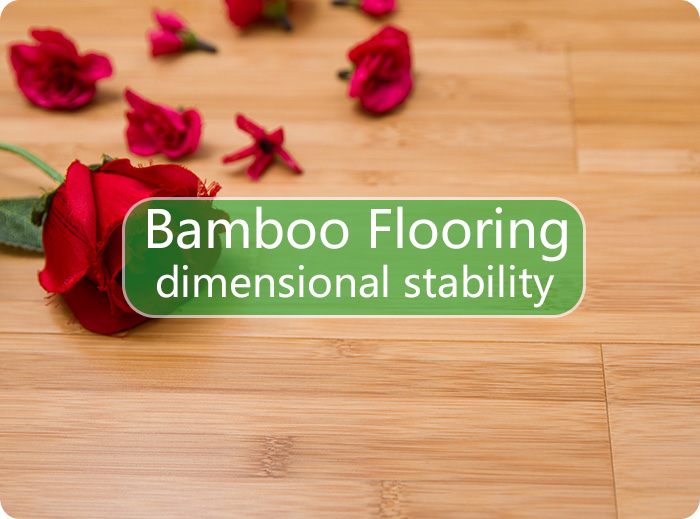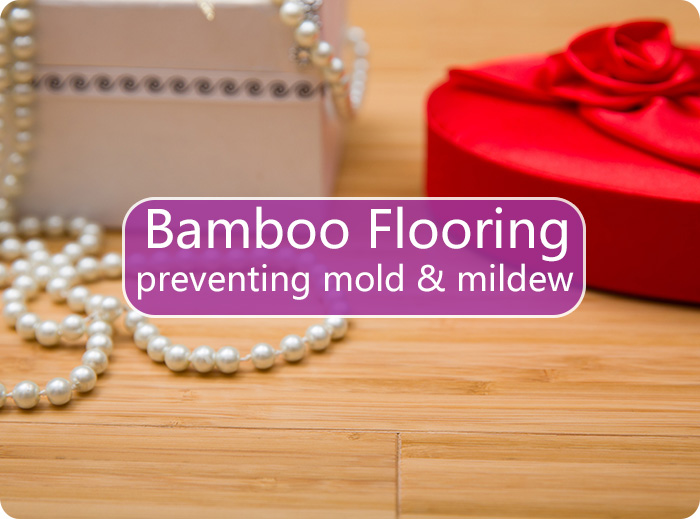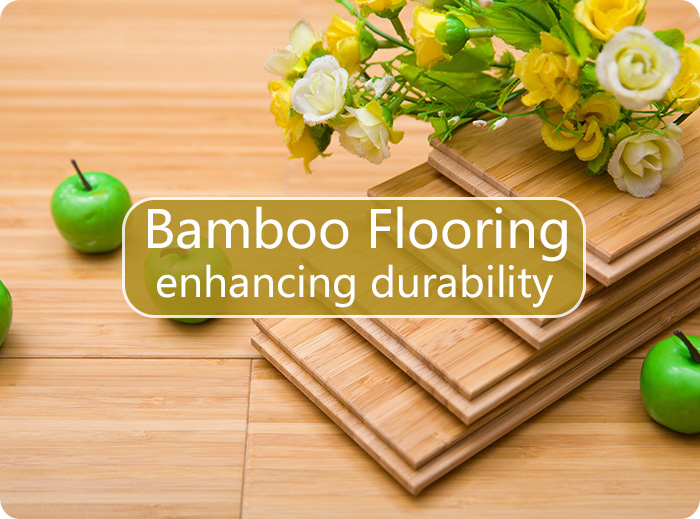Understanding the Importance of Bamboo Flooring Moisture Content
Dec 3, 2025, 9:20 AM
Bamboo flooring has surged in popularity over the years, celebrated for its durability, eco-friendliness, and unique aesthetic appeal. However, one crucial aspect often overlooked by homeowners and installers alike is moisture content. Understanding and managing the moisture content in bamboo flooring is vital for ensuring its longevity, stability, and overall performance. In this blog, we’ll delve into why moisture content is so important for bamboo flooring and how it impacts your investment.
What is Bamboo Flooring?
Before we dive into moisture content, let's briefly discuss what Bamboo flooring is. Bamboo is a grass, not a hardwood, and it’s harvested, processed, and then manufactured into flooring planks. This sustainable material offers a range of styles and finishes, making it a versatile choice for many homeowners. However, like all wood-based products, bamboo is susceptible to changes in moisture levels.

The Role of Moisture Content in Bamboo Flooring
Moisture content refers to the amount of water contained in the bamboo fibers. This can vary significantly depending on factors such as the environment, storage conditions, and the manufacturing process. For bamboo flooring, the optimal moisture content is typically between 6% and 12%. Understanding this range is crucial for several reasons.
1. Dimensional Stability
One of the primary concerns with bamboo flooring is its dimensional stability. Bamboo, like other wood products, expands and contracts in response to changes in moisture levels. If the moisture content is too high during installation, the flooring can swell and warp, leading to gaps and misalignment over time. Conversely, if the bamboo is too dry, it may shrink, creating unsightly gaps between planks. Proper moisture content ensures that your bamboo flooring remains stable and retains its shape, providing a seamless appearance.
2. Preventing Mold and Mildew
Bamboo flooring is often praised for its natural resistance to mold and mildew, but this resistance diminishes when the moisture content exceeds optimal levels. Excess moisture can create a breeding ground for mold and mildew, leading to health concerns and unpleasant odors. Ensuring the moisture content stays within the recommended range helps mitigate these risks, promoting a healthier indoor environment.
3. Enhancing Durability
Durability is one of the key selling points of bamboo flooring, particularly strand-woven bamboo, which is known for its exceptional hardness. However, excessive moisture can compromise this durability. High moisture levels can weaken the bamboo structure, making it more susceptible to scratches, dents, and overall wear. Maintaining proper moisture content is essential for preserving the flooring’s integrity and ensuring it withstands the rigors of daily use.
4. Ensuring Proper Adhesion
If you're installing bamboo flooring using adhesive, moisture content is even more critical. Most adhesives have specific moisture level requirements for optimal performance. If the bamboo planks or subfloor are too moist or too dry, the adhesive may not bond effectively, leading to issues like buckling or loose planks. By monitoring and adjusting the moisture content prior to installation, you can ensure a successful adhesion process.

How to Measure Moisture Content
To effectively manage moisture content in bamboo flooring, it’s essential to know how to measure it. There are two primary methods:
1. Moisture Meters
Moisture meters are specialized tools designed to measure the moisture content of wood and bamboo. They come in two types: pin and pinless meters. Pin meters use small pins to penetrate the bamboo and measure moisture content directly, while pinless meters use electromagnetic waves to gauge moisture levels without damaging the material. Regularly checking the moisture content before and after installation can help you maintain optimal levels.
2. Environmental Monitoring
In addition to using moisture meters, monitoring the environmental conditions in which the bamboo flooring is stored and installed is crucial. Factors such as humidity, temperature, and airflow can significantly influence moisture content. Keeping your indoor humidity levels between 30% and 50% is ideal for maintaining bamboo flooring’s stability.

Managing Moisture Content
Now that we understand the importance of moisture content, let’s explore some practical tips for managing it effectively:
1. Acclimation
Before installation, it’s vital to acclimate your bamboo flooring. This process involves allowing the planks to sit in the installation environment for a minimum of 72 hours, enabling them to adjust to the local humidity and temperature levels. This step can prevent many issues related to moisture fluctuations.
2. Control Indoor Humidity
Using a dehumidifier or humidifier can help maintain consistent humidity levels within your home. Regularly monitoring and adjusting indoor humidity can make a significant difference in the moisture content of your bamboo flooring.
3. Proper Installation Techniques
Choosing the right installation technique also plays a role in managing moisture. For example, using a floating installation method allows for more expansion and contraction compared to glued-down methods. Consult with professionals about the best installation approach for your specific environment.
4. Regular Maintenance
Keeping your bamboo flooring clean and well-maintained helps in managing moisture levels. Avoid using excessive water when cleaning, and ensure spills are wiped up promptly. Regularly check for any signs of moisture damage, such as warping or discoloration, to address issues before they escalate.
Conclusion: A Smart Investment Requires Care
In summary, the moisture content of bamboo flooring is a critical factor that can significantly impact its performance and longevity. Understanding its importance, measuring it accurately, and managing it effectively are essential steps for any homeowner looking to invest in this beautiful and sustainable flooring option.

By prioritizing moisture content, you can ensure your bamboo flooring remains stable, durable, and visually stunning for years to come. Whether you’re renovating your home or building from scratch, remember that a little attention to moisture management can go a long way in protecting your investment and enhancing your living space. Happy flooring!


 皖公网安备 34180202000049号
皖公网安备 34180202000049号